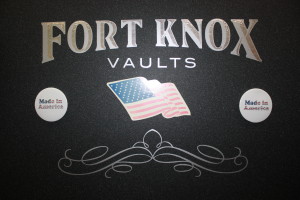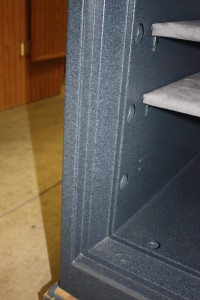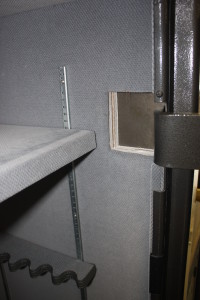Something new has come to the safe industry which is especially important in relation to gun safes. Underwriters Laboratories has come out with a new security rating.
Many years ago U.L. created a rating system, primarily for commercial insurance purposes. Initially, ratings started out with TL-15, “TL” being short for “tool”. To get TL-15 rating a manufacturer’s safe had to keep two of U.L.’s expert safe crackers from breaking in for at least fifteen minutes. That 15 minutes means “time when a tool is in contact with the safe”, so actual elapsed time of the test is much longer, maybe several hours. The testers have access to an extensive array of manual and power tools.
The ratings then go up in time to TL-30 and TL-60. “TRTL” ratings mean the testers also can use torches. An “X6” designation means that the safe cannot be penetrated in any of the six sides. So “TRTL30X6” means that U.L. could not break into the safe with torches and tools, through any part of the safe within 30 minutes. TRTL30X6 vaults are large and extremely heavy.
Some years ago a Residential Security Container (RSC) rating was introduced. The test is significantly less vigorous – it is a five minute test by only one person, who has access to a smaller array of tools.
Some RSC rated gun safes are actually quite easy for two people to forcibly open, while some are very difficult. Because of the huge jump in security level from RSC to TL-15, U.L. has just introduced the RSCII rating to fill this gap. The test for RSCII is a 10 minute test where two men can use all the tools available in the TL test. Basically it is a “TL-10”, however that is not what they call it.
To my knowledge, the only manufacturer that makes RSCII rated gun safes is American Security (Amsec). To make this higher rating they had to add more steel to their BF safe and put in a different boltworks. The price of a new Amsec “BFII” is about half way between their standard BF and their least expensive TL-30 gun safe.
No doubt most Graffunder Safes and some Fort Knox vaults would also pass the new test. A few “non-gun” fire/burglary safes would also probably pass. The problem is that U.L. testing is very expensive, which will keep many companies from ever offering RSCII rated gun safes.
If you deal with a knowledgeable safe dealer you can learn enough to determine what level of security is right for you, and how to get the most security for your money. In Michigan you would come to Hoogerhyde Safe.







